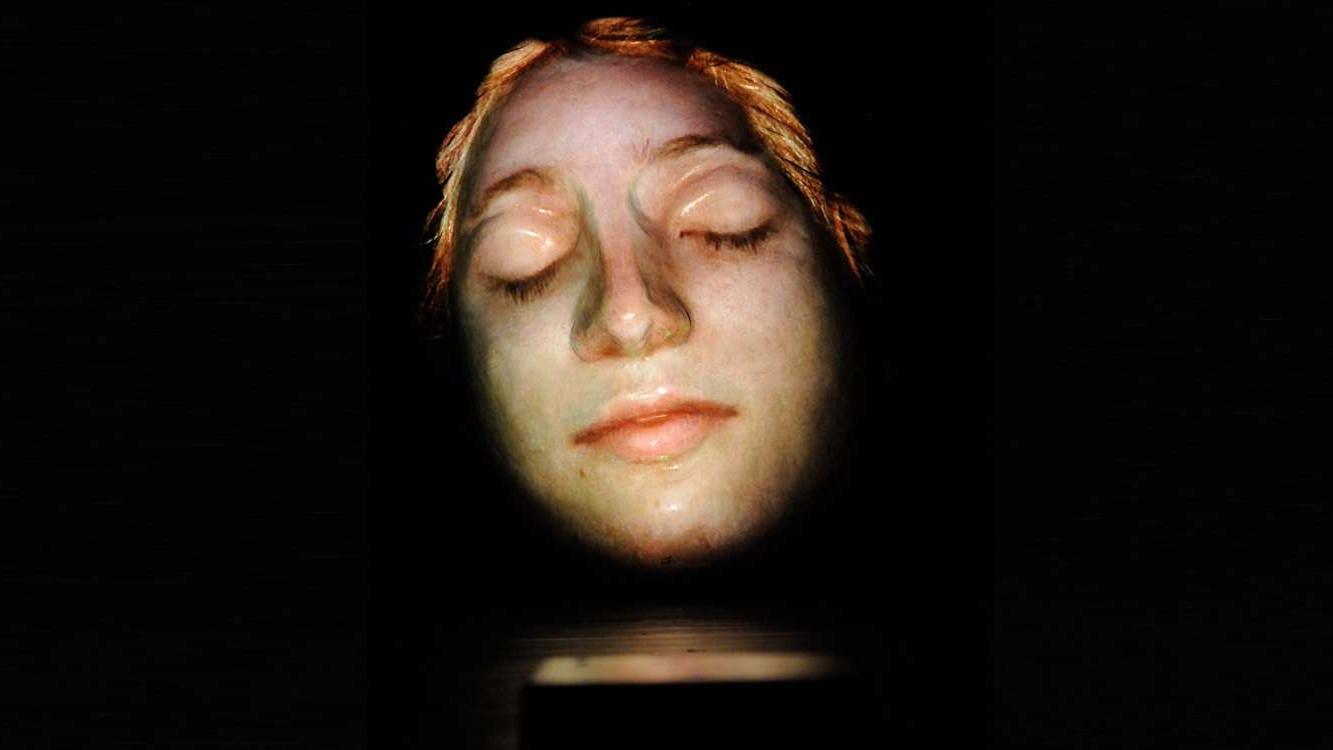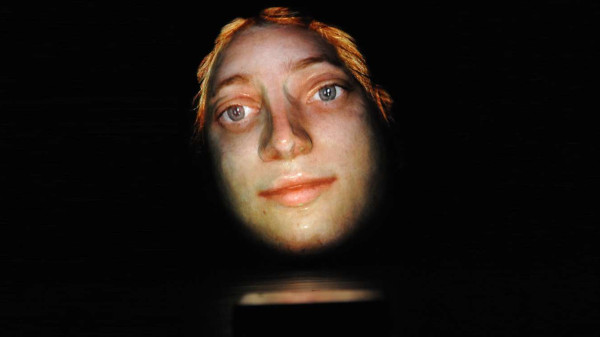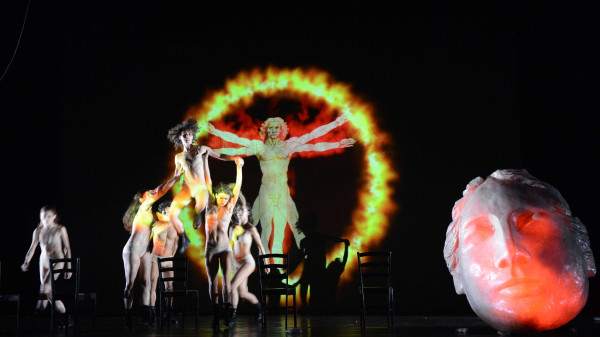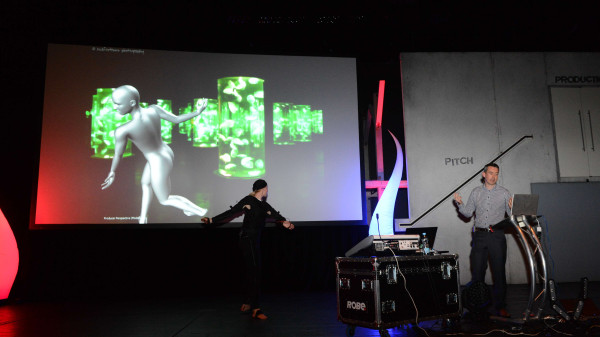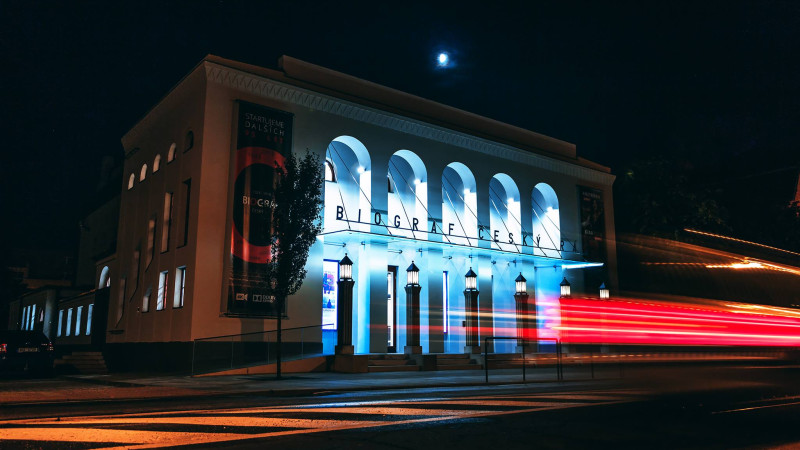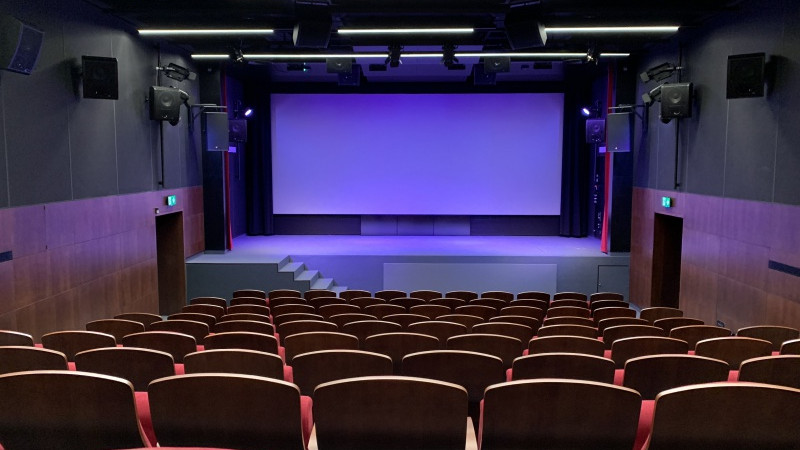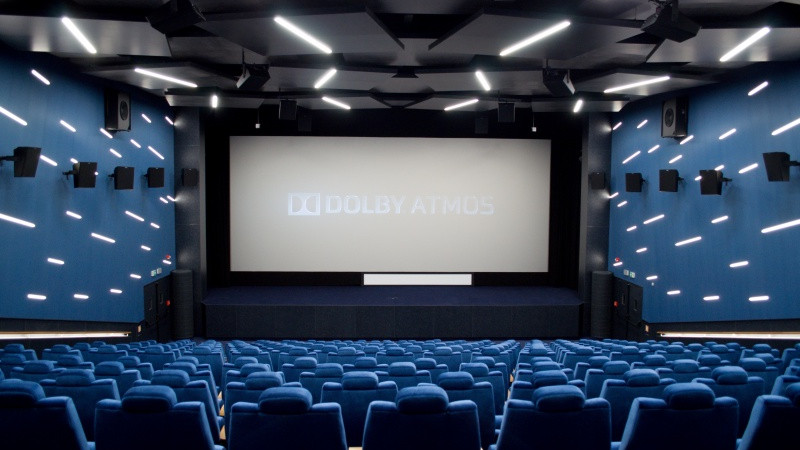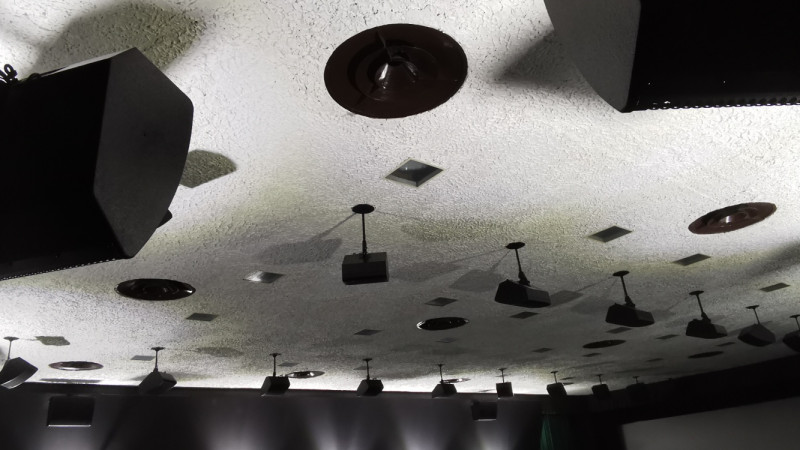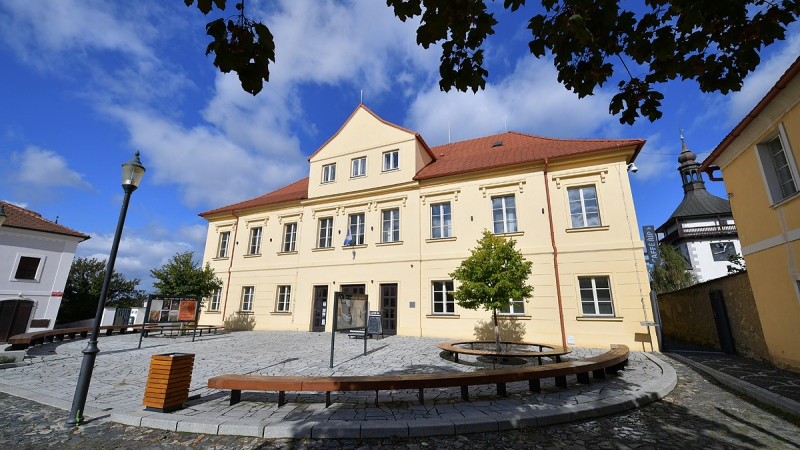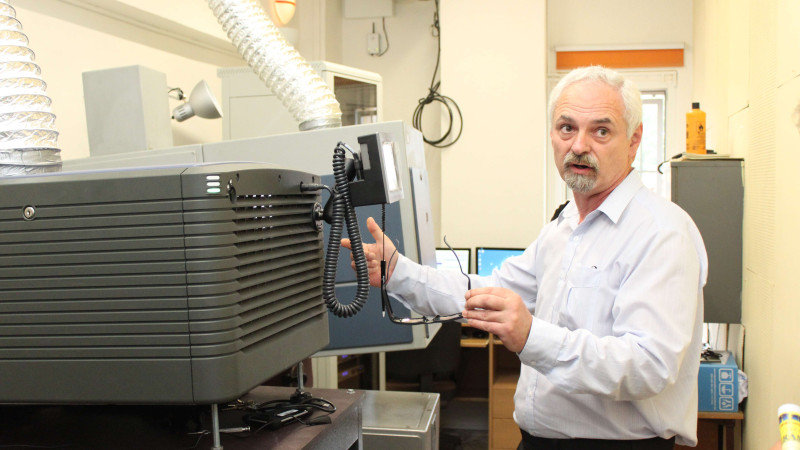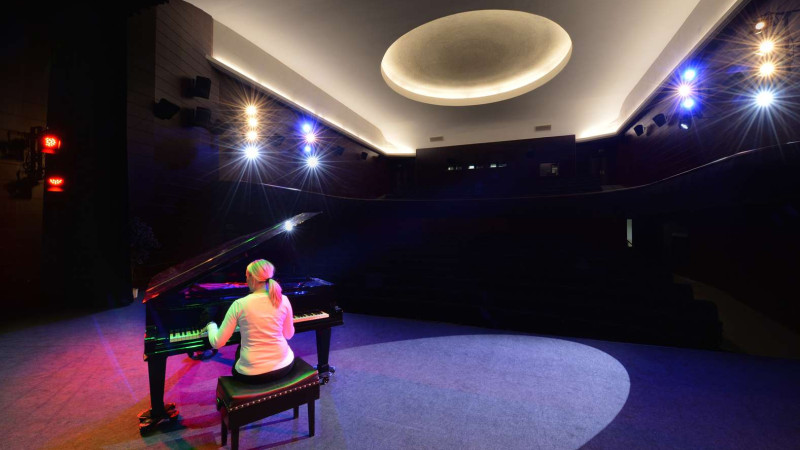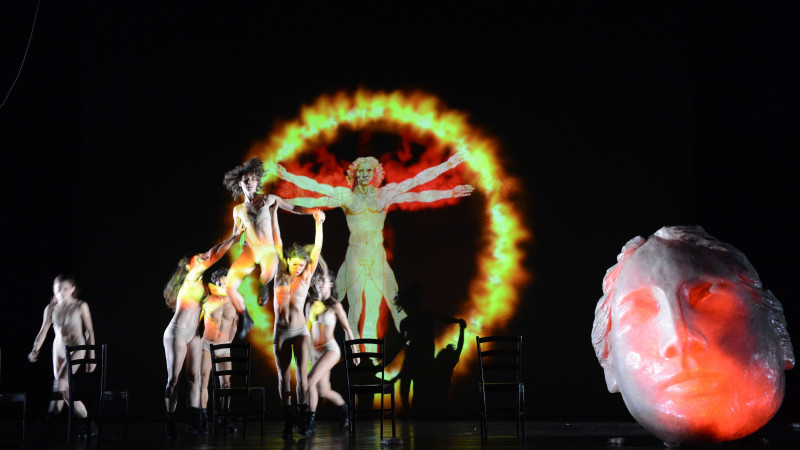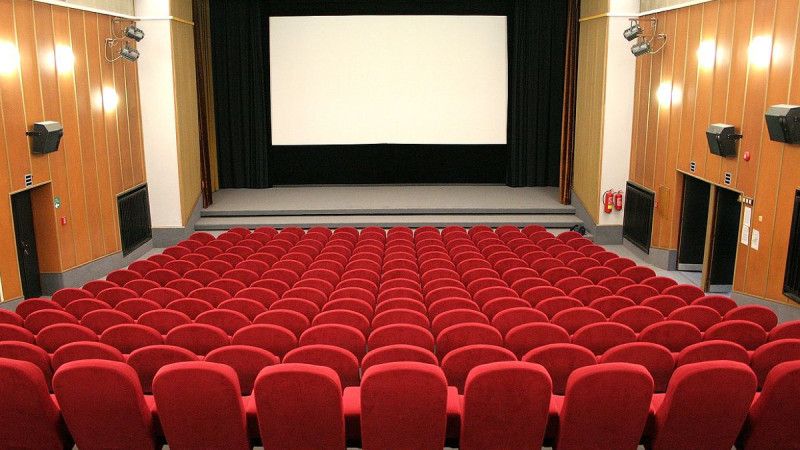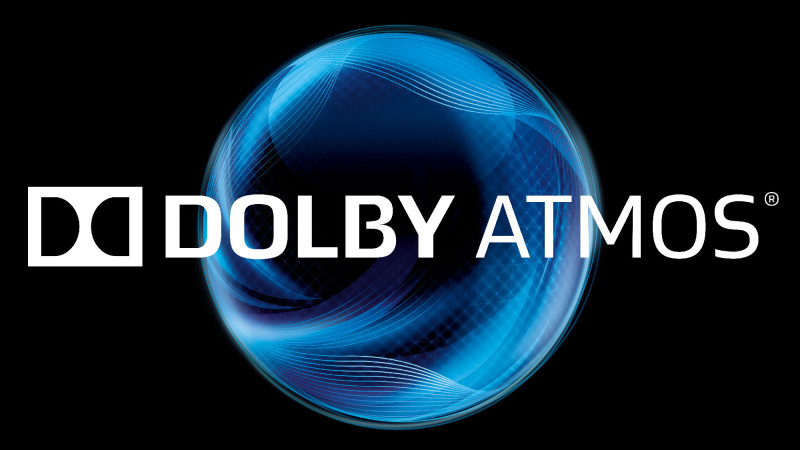
Theatre 3000 project
As part of the Theatre 3000 project, the New Scene of the National Theatre saw the play StrawMan and a visual allegory adapted from Havel’s book Anticodes.
At the beginning of October, a specialized workshop of the Theatre 3000 project took place at the New Scene of the National Theatre concluded by the unique STRAW MAN theatre show. This extraordinary project was prepared by AV MEDIA together with the New Scene of the National Theatre, the CIANT artistic group and the Institute of Intermedia at the Czech Technical University.
Motivation
The goal of the Theatre 3000 project was mainly to inspire the artists (stage designers, directors, architects, etc.) and demonstrate to them how they can enliven their results using most recent technologies. Internationally, audiovisual technologies have already become an integral part of many theatre events. In the Czech Republic, we have been able to see certain rare attempts, but no real systematic or creative concept of using modern technologies has been perceptible so far. It was the Theatre 3000 workshop that took over the uneasy task of setting the stale waters in this area into motion and making the artists enthusiastic for a more active employment of technologies. Where else should creative artists be inspired than at the New Scene, in Laterna Magica, where the integration of special optical and scenic effects with art has been deeply rooted for several decades.
workshop
The Theatre 3000 event started with a half-day workshop, during which Czech and international experts lectured from the stage of the New Scene in the matter of interactivity, sensors, lights, mapping and new art. The workshop was opened by the lecture by AV MEDIA called “Interactive Theatre”, during which remarkable international projects were presented, which use mapping in stage designing, interaction of the actor with the background or with the audience, special lighting, projection technology, etc. This introductory speech was followed by specialists from Robe exposing their lighting technologies. This originally Czech company brought with them the latest product line of their controllable LED lights and demonstrated a range of modern scene lighting opportunities. Fully automated programs, undelayed light changes regarding geometry, colour or intensity, low power consumption, low noise, all of that could be experienced directly on the stage.
Mapping onto side wings, multiprojection, detection by sensors, control of effectors, lights, etc., were demonstrated by one of the leading Coolux engineers in person. Directly on the stage, spherical and freely curved surfaces intended to demonstrate the opportunities of interactive wings for modern shows were used.
Creating “virtual doubles” is no sci-fi any more. By means of Animazoo movement sensors, a dancer can be transformed into any kind of projected “humanoid” at any moment. During the Theatre 3000 workshop, a live demonstration of the Animazoo system of movement sensors was provided. A dancer transmitted her movements to various kinds of 3D models (fashion model, dragon, bear).
The workshop was concluded by the doyen of modern technologies in arts dancing Pavel Smetana, who, together with his CIANT artistic and technological group, presented his visionary projects from past years. They were highly impressive and showed that integration of technologies and arts produces attractive results, which are exciting mainly for younger generations.
ANDREJ BOLESLAVSKÝ, programmer at CIANT, says about STRAWMAN:
As the conclusion of the two-day Theatre 3000 project, the dancing performance StrawMan inspired by the myth about the goddess Demeter demonstrated how integration of modern technologies with dancing can look like. From the artistic point of view, the show was backed by the CIANT group, the technologies were provided by AV MEDIA, with trainings at the IIM department of the Czech Technical University.
The performance itself contained a large interactive “floor” (dancing surface), for which more than 22 effects were particularly programmed, though out of them only a few were finally used after a consultation with the choreographer. The actors were followed by means of sophisticated tracking cameras and laser sensors. The movements of actors were processed and used for instance for the purpose of image modulation on the floor, generation of sound, etc. Besides interactive mapping on the floor and background, the audience was clearly excited by a literal “enlivening” of a giant head that was part of the scene.
“From my point of view, interactivity in theatre is not merely an interesting effect, as, in the end, most of the audience does not know whether what happens is actually interactive or exactly prepared. Interactivity should primarily inspire the choreographer and dancers, provide them freedom and enough space for improvisation, creating an interplay of human movement and digital scenography.
I believe that interactive technologies will gradually become a common component of theatre, and that the future will see still unsuspected opportunities for technologies as part of a live show. The StrawMan at the New Scene is, hopefully, an important step towards that,” says Andrej Boleslavský.
















